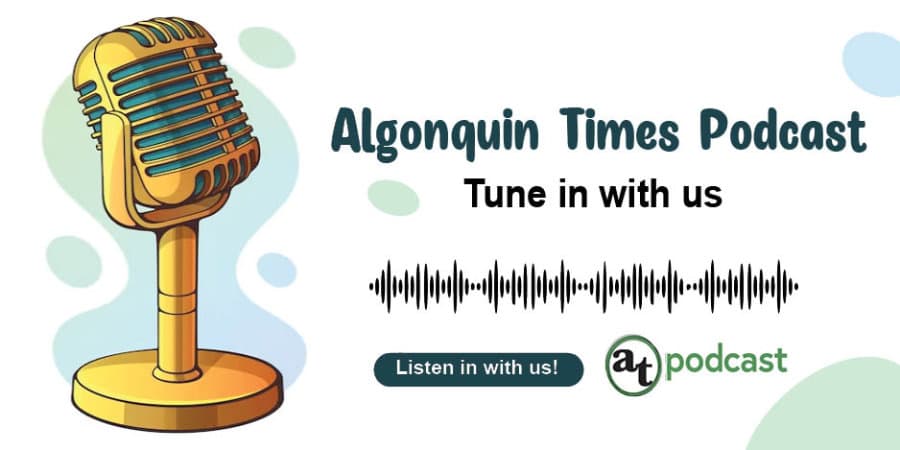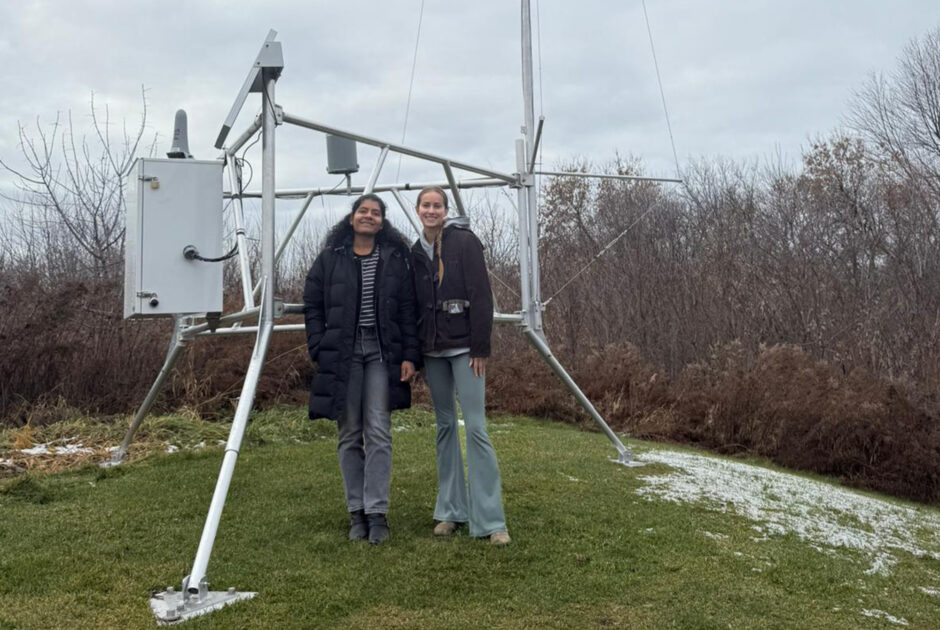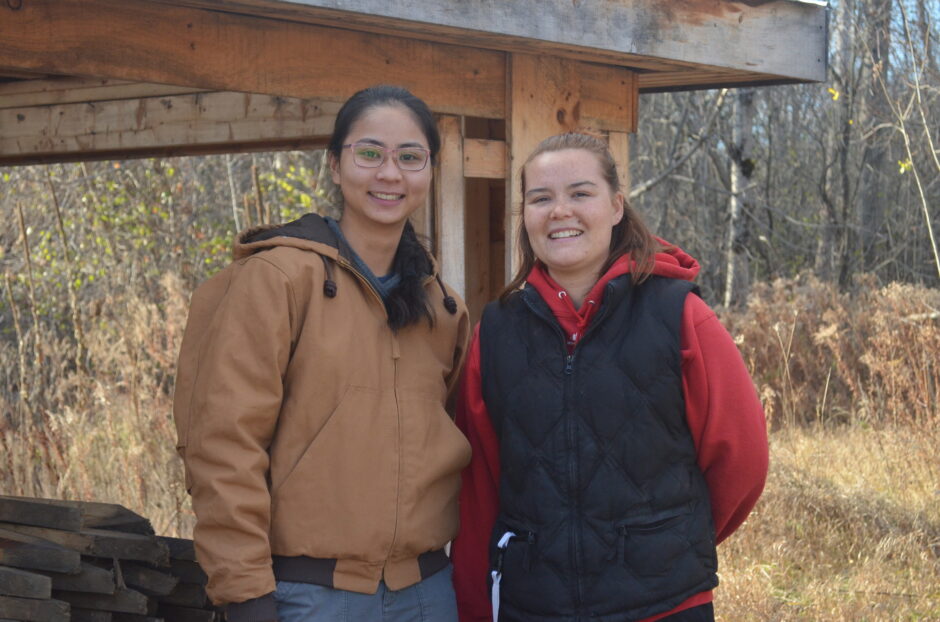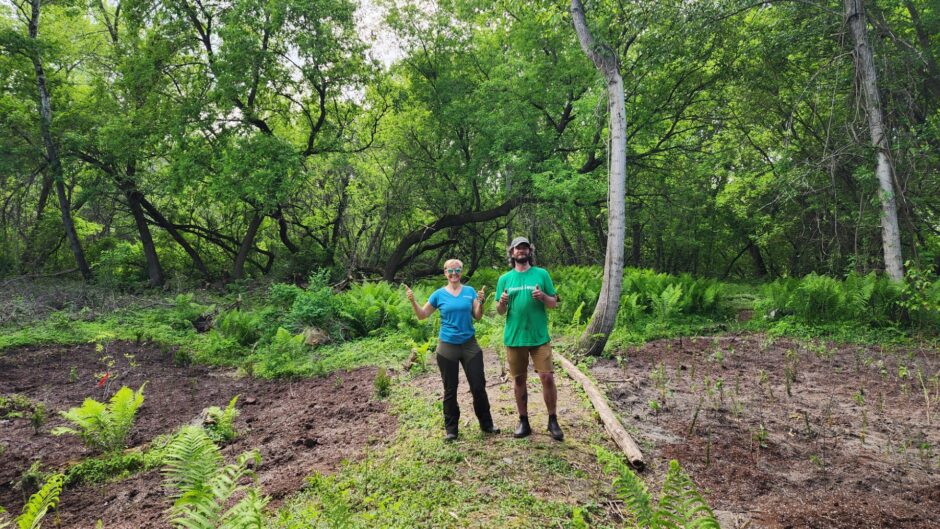Innovative projects scattered around college for annual research showcase
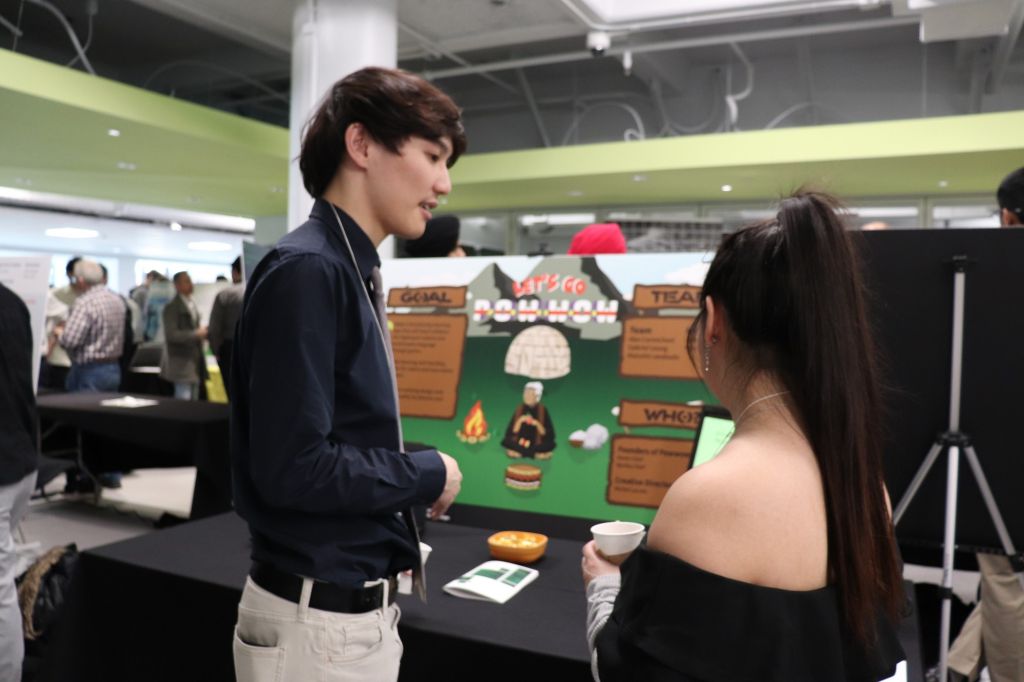
More than 400 students and 250 external guests took part in the annual RE/ACTION applied research showcase April 12.
The director of applied research, innovation and entrepreneurship, Cristina Holguin-Pando, was excited to present the work students and faculty have done in the past few months. The project booths came to showcase their work and be judged on for winning prizes and entrepreneurs to search new faces for their businesses.
“A mindset of innovation and entrepreneurship and you are all here to manifest to show and to showcase what that mindset is all about,” said Holguin-Pando.
Two key speakers spoke about their career pathways and ultimately how to be successful in any challenge you face in life. The overall message from the speakers was that seizing the moment and listening to yourself by going above and beyond will get you to your dream place before you know it.
Jim Provost, lead data scientist at Lixar, said to the audience discovery means going a step further and having that “woah” moment. This happens when you do something that you don’t know how it happened unexpected, but would like to know more how it happened. It is what discovery in anything is about.
“Finding that opportunity and being ready for it is key,” said Provost.
Towards the end of his speech, Provost told the audience the most helpful career advice he could give.
“If you set yourself up to be indispensable you become unpromotable,” said Provost. Doing the strictly what you are asked to do without going beyond, you may end up unnoticed by your employers.
Erin Blaskie, director of marketing at L-SPARK, an accelerator to help entrepreneurs with their startups in business, spoke to the large crowd about how her downfalls in her lifetime motivated her to get to where she currently is as an entrepreneur.
Since the age of six, she had the dream of being a CEO, after her and her father roleplayed a business in their living room.
“If you’re not being your authentic self; if you’re not putting yourself out there; if you’re not chasing your dreams, honestly it’s probably the worst thing that could happen to a human being,” said Blaskie.
Set up in the DARE District, second-year interactive media design student, Ben Aldrich and his teammates took the Neappoli project where citizens can submit 311 city issues with a click of a button on an app.
“The objective was to provide Neappoli with a keener, more fresh look so it could compete with larger companies,” said Aldrich.
Troy Shaver, a second-year student from the interactive media design program, spoke on the objective of their project, ARIE-IMD Promo in which they produced a promotional video of the participating projects at RE/ACTION.
“(It’s) to showcase basically all the other projects being worked on into a 10-minute promotional video and we just talk about the challenges, the triumphs, the obstacles that each team goes through and we broadcast the top three that we think are the most intriguing projects,” said Shaver.
Adding onto Shaver’s explanation to what ARIE-IMD Promo is all about, his teammate Isaac Babchisin said it’s not for just the showcase and their program, but for future students who may want to become innovators.
“Simply it’s meant for new students coming to the school to get them interested in the (interactive media design) course specifically,” said Babchishin.
Being a part of the interactive media design program, Nabih Fakih is satisfied with the fact that he can be a part of a large showcase as big as RE/ACTION while doing something he enjoys.
“I did something that I love doing, like shooting videos and editing videos. I edited a big part of the video and now as the client came, they saw the video and they like it so much so I’m happy to hear that from them,” said Fakih.
The MasterpieceVR brand, which creates paintings and sculptures through VR equipment, are undergoing a new project called Masterpiece Motion, where users can quickly pre-animate 3D models.
Two graduates set up a booth in the DARE District to showcase how the project works. Harmony Hawthorn, a grad from the interactive media design program shared that they’re most proud of.
“I think the software is pretty innovative; there’s not too much out there that has animating in VR, so it’s kind of a new thing,” said Hawthorn.
Even with the success that each team achieved by the end of the process, setbacks still occurred. With the little time of four to five months given to develop new technology and innovative projects, their main focus was to make their clients and professors satisfied.
Nick Simpson, a student from the electro-mechanical engineering technician program, built a robotic arm that is programmed by a computer to do activities for the person controlling the arm alongside his team. They had redeveloped a second arm due to complications during the first process.
“Our first (robot arm) was with much heavier servo motors from windows of cars, and just the pure weight was a big issue so we had to do a lot of re-engineering and weight distribution of our arm,” said Simpson.
A grad student of the game development program from the Masterpiece Motion project named Sean Ostaszewski, talked about what the team felt their biggest pitfall was in their year-long production.
“Just working with the unity engine; it’s not open source, so we have to pretty much work around the constraints that are given to us with the engine,” said Ostaszewski.
The award for first place of the RE/ACTION showcase was presented by Holguin-Pando and Doug Wotherspoon, vice president of innovation and strategy, to the Diefenbunker Lighting Design project.
“You are developing your skills and you’re really making change not just here at the college, but ultimately too when you get out into the workforce,” said Wotherspoon.


